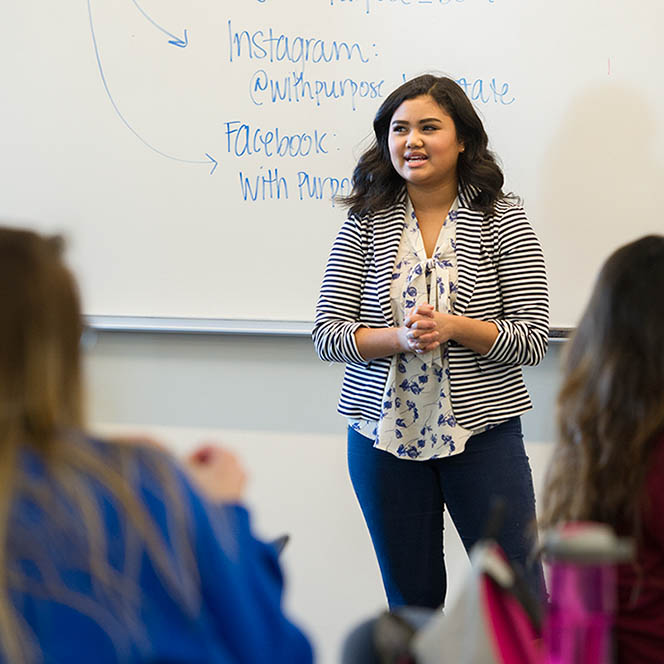Traditional exams are a common form of assessment, but several of their core features can lead to lower-order student learning, unnecessary language barriers, anxiety, and student distrust of the assessment process. In a recent workshop, we explored the idea of a “public exam” that makes parts of exam questions available to students ahead of time and invites their participation in the exam writing and editing process.

A recent article by Ben Wiggins outlines this process and how it aims to address the common problems of traditional ‘surprise’ exams. In short, a public exam is a collection of incomplete versions of exam questions with key information withheld. Students can review this in the weeks leading up to an exam and offer feedback on the clarity of the information provided. The instructor can then use that feedback to improve the wording of questions. On the day of the exam, students get the full version of the exam with any previously-withheld information included. In theory, this can reduce unintentional language barriers by incorporating student feedback, allow instructors to ask more complex or challenging questions without imposing excessive cognitive load on students, and increase student trust in the exam process. Wiggins and colleagues are currently conducting research to test these hypotheses.
The slides I used in the workshop include several examples of public exam questions and what they look like on the real exam. If you are interested in trying this approach, the first thing to know is that it is okay to start small! Choose one or a few exam questions that tend to be challenging for students, either because they require higher order processing skills or because there is a lot of information for students to read. The next step is choosing what information to present vs. withhold on the public exam. Some options include:
- providing the full text of a multiple choice question but withholding one or more of the answer options,
- providing the full text of the framing information for a questions, but withholding some or all of the text of the question, or
- providing some of the framing information for a question, but withholding key details, and providing the full text of the question.
In each case, students can do some of the mental processing of a question before the day of the exam and have a better idea of what to expect on the exam.
Below I summarized some of the workshop participants’ questions and my answers:
Q: Do you let students talk with one another about the public exam questions?
A: Yes! I encourage students to use the public exam to study and to study in groups. An unexpected challenge for me was that some students didn’t know how to use the partial questions to study. Moving forward, I plan to incorporate more explicit coaching on how to use the public exams to study and prepare for the exams.
Q: Wouldn’t this cause students to only study material on the test?
A: This is possible, but it could also be viewed in a positive light. For example, if your questions are aligned well with your learning outcomes and you are making those explicit to students, then the only additional information you have provided is the format of the question used to assess their learning. Secondly, if you only make some of your questions available on the public exam (and you make that explicit to your students), then they will still need to study material that is not on the public exam. That is the approach I have taken, providing students with 20-25% of the total exam questions on my public exam.
Q: How do you collect feedback from students on the clarity of questions?
A: I just use a Google Form that asks students to provide feedback by listing any questions or areas of clarification they have. I have made this optional, but you could also require it by assigning a grade if you wanted to.
Q: Is this too much hand-holding?
A: People will likely have varying views on this. I have not found that to be the case. I set lofty learning goals and I want students to reach them. If providing some parts of my questions ahead of time focuses students’ studying on concepts that I think are important, then that’s a win for me. Additionally, I like to use scenario-based questions that require students to apply their knowledge. By providing those scenarios ahead of the exam, I feel less worried that I am putting students who require more time to process information at a disadvantage. This is just another way to increase the transparency of your teaching for students.
Q: I’m already doing something similar in my course. Can I just adopt certain elements of this system?
A: Yes, definitely. While the public exam label may be new, the idea of increasing transparency around exams is not. If you are already doing things aligned with that goal, that is great. And if adding parts of this system to what you are already doing improves it, then go for it!
If you are interested in discussing this as an option in your course, please contact me at sarahdalrymple@boisestate.edu.
References
The Public Exam System: Simple Steps to More Effective Tests
Written by: Sarah Dalrymple